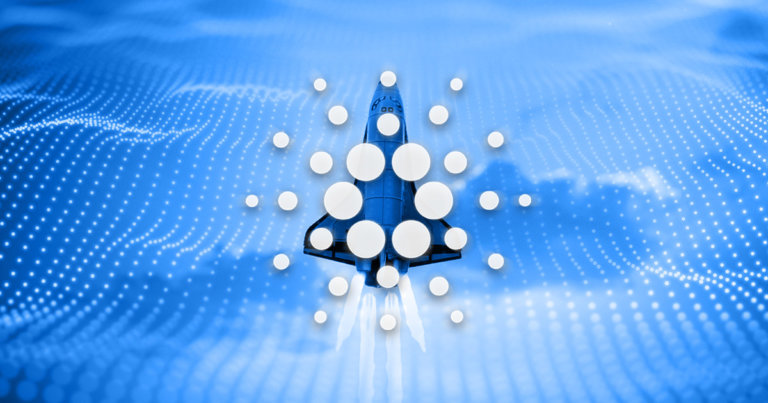 Cardano (ADA) welcomes much-awaited smart contracts with launch of Alonzo
Cardano (ADA) welcomes much-awaited smart contracts with launch of Alonzo Cardano (ADA) welcomes much-awaited smart contracts with launch of Alonzo
The latest upgrade has finally brough smart contract functionality to the ambitious network.

Cover art/illustration via CryptoSlate. Image includes combined content which may include AI-generated content.
Input Output Hong Kong (IOHK), the company behind Cardano, has announced that it has finally deployed the Alonzo upgrade. The HFC event took place at 21:47 UTC at the rollover before epoch 209 and marked the beginning of a new era for Cardano.
1/2 Upgrade successful.
Moments ago, we deployed the #Alonzo upgrade at the epoch rollover.
Welcome to the start of a new era for #Cardano $ADA pic.twitter.com/r6QNvTv4pt
— Input Output (@InputOutputHK) September 12, 2021
The Alonzo upgrade has enabled the integration of Plutus scrips onto the blockchain, allowing the implementation of smart contracts on Cardano.
Cardano’s biggest move yet is just the beginning
Tim Harrison, IOHK’s marketing and communications director, said while Alonzo’s launch was a moment for celebration, it is only just the beginning for Cardano. In a recent blog post, Harrison looked back at the long and tiring road IOHK had to go through in order to bring smart contracts to Cardano, noting that the biggest move towards the new era was made with the Byron reboot in March 2020. In July the same year, the Shelley upgrade pushed Cardano closer to becoming a truly decentralized network. This year’s Mary upgrade created a multi-asset network and introduced native tokens, pushing adoption and usage to its all-time highs.
The Alonzo upgrade builds on this success and acts as the backbone for a robust, booming DeFi ecosystem, Harrison said.
However, he noted that Alonzo was still a work in progress.
“Let us be clear. There will be bumps in the road. Early user experiences might not be perfect. Some early DApps will have issues. We’ll see some great development teams and some poor ones. This is a permissionless, decentralized blockchain, so this is inevitable. And a few DApps may prove insecure.”
IOHK has high expectations resting on this upgrade. The company expects dozens of projects to deploy through September and October, with the rollout pace accelerating throughout Q4. The dynamic dApp rollout will be followed by equally dynamic network maintenance.
“Over the coming months, we’ll continue our cadence of fortnightly releases of new code, regular maintenance upgrades, and major HFC events each quarter,” Harrison said. “We shall continue to tune and optimize the platform, adjust performance, and refine pricing parameters as we track and monitor usage patterns. Only real usage will reveal how we need to adjust our flexible and scalable platform over the months of growth ahead.”












































































































